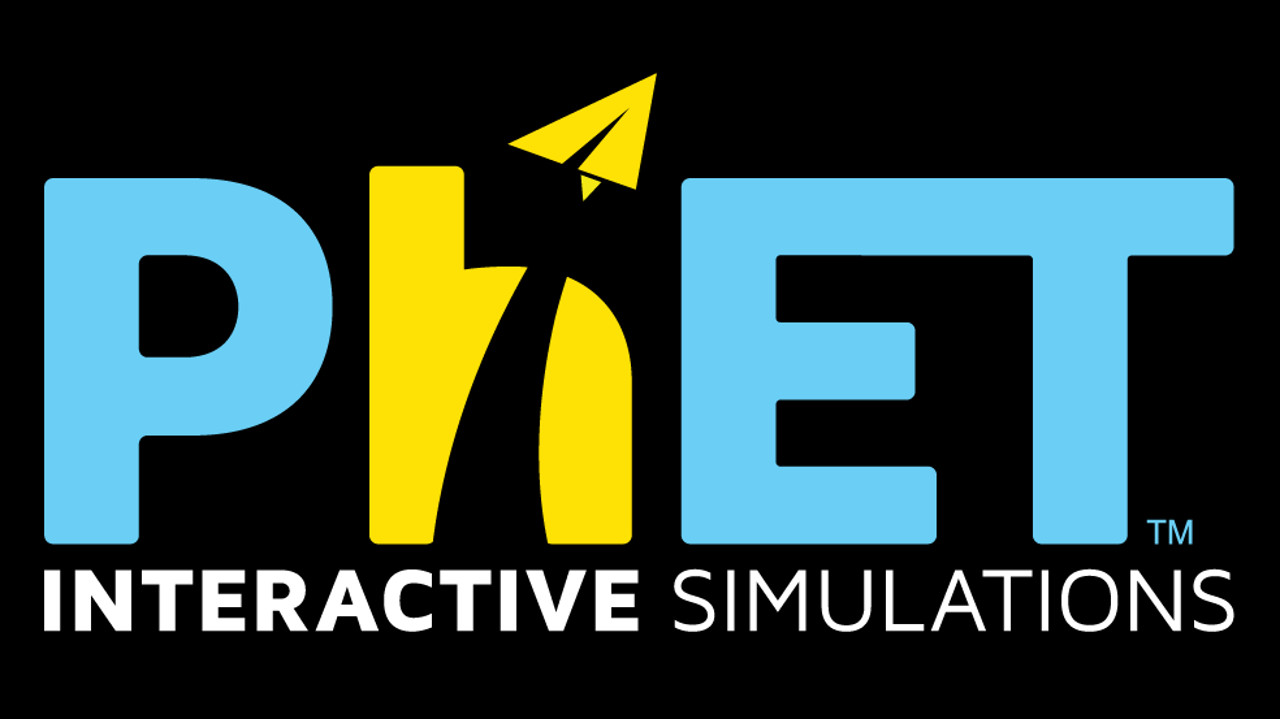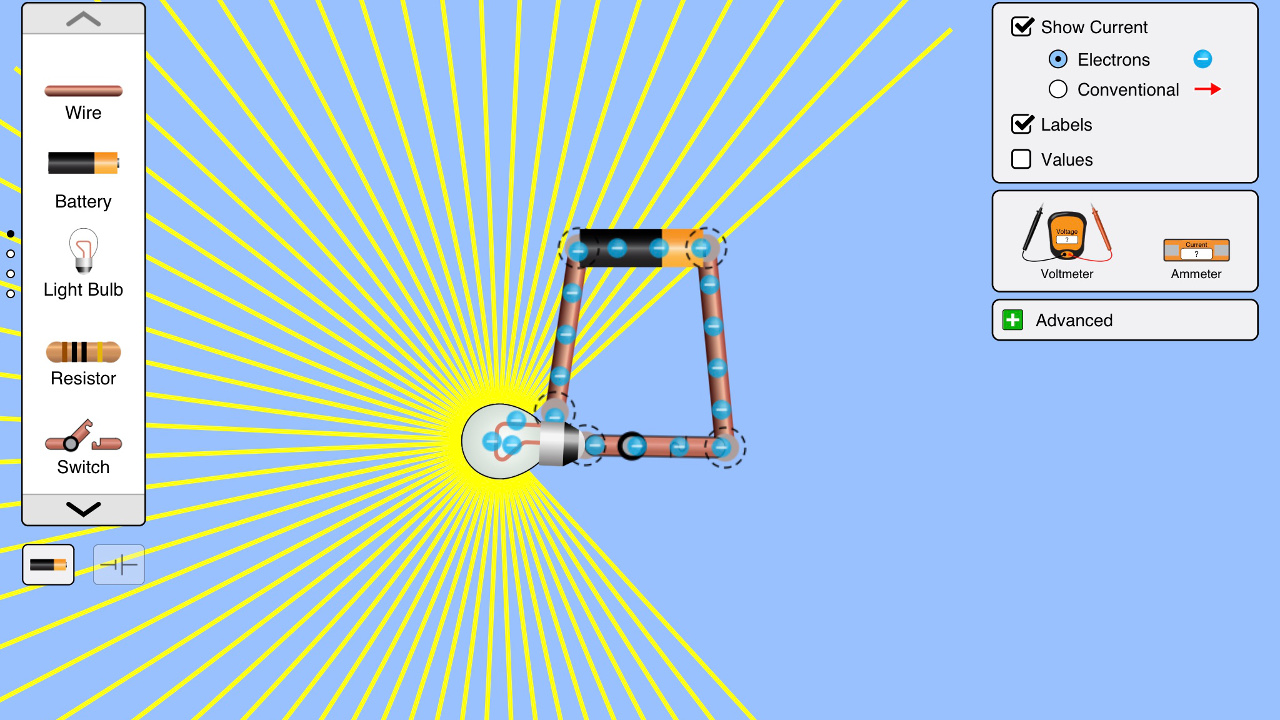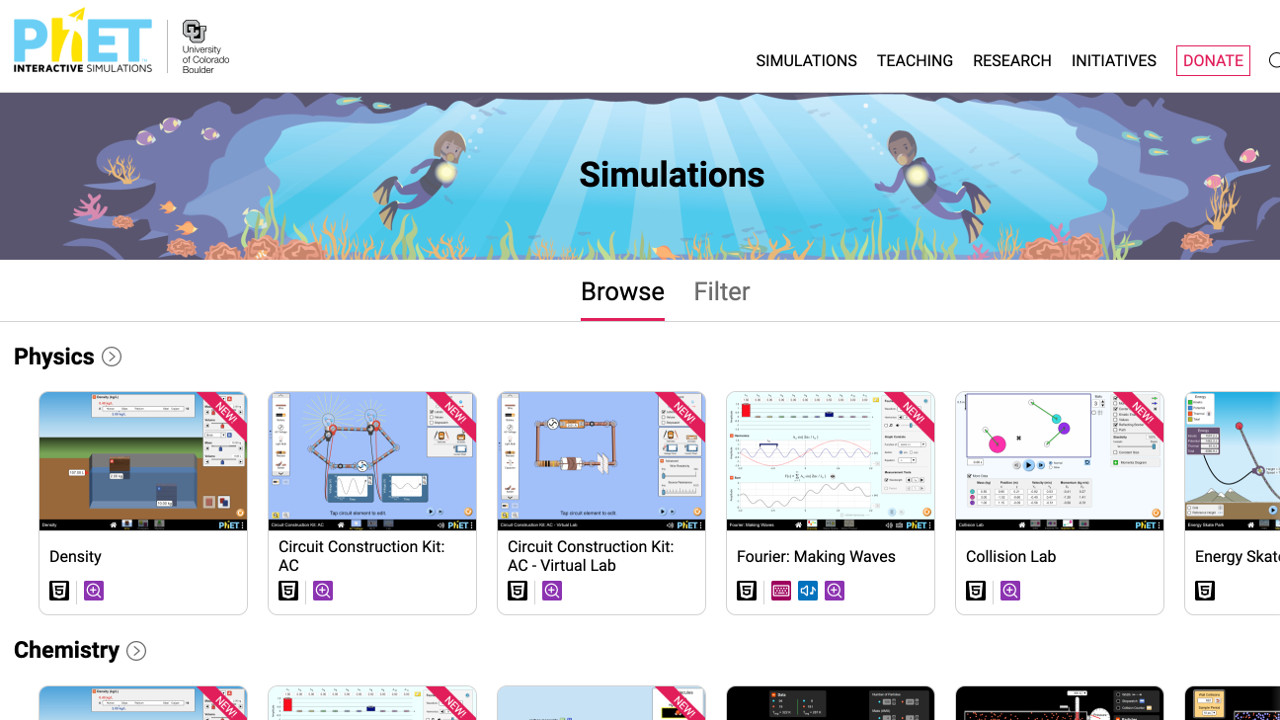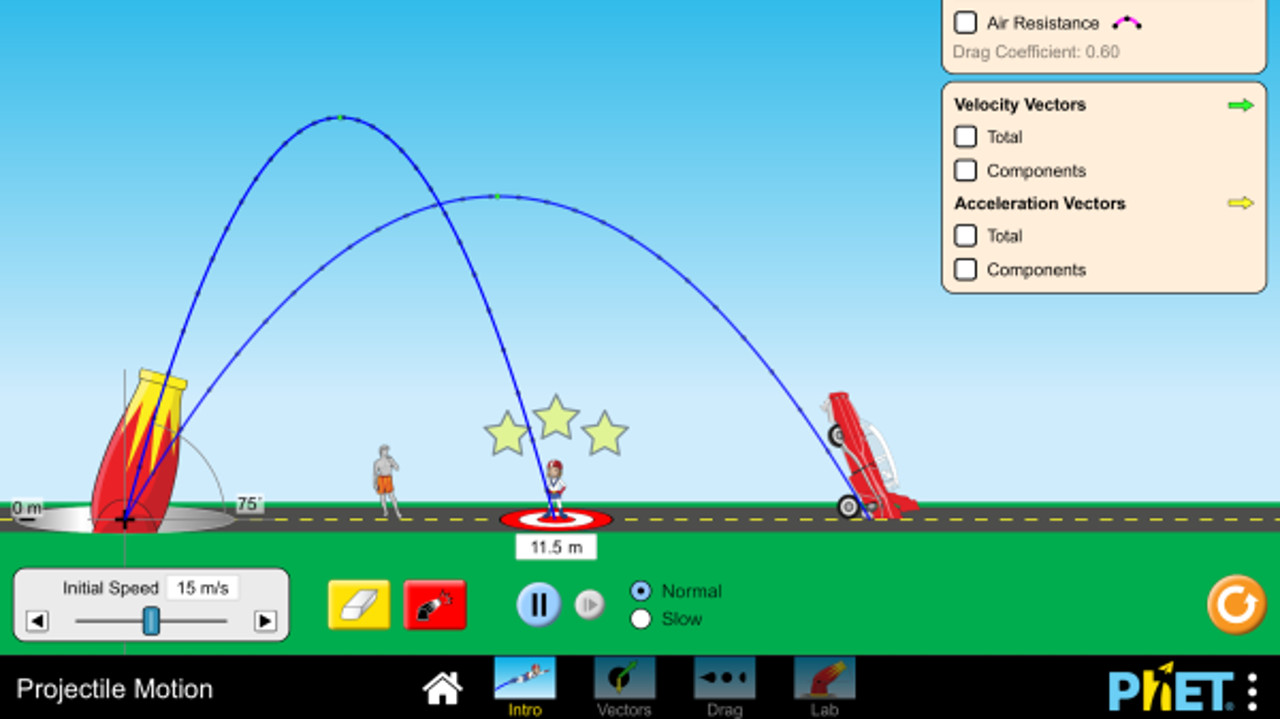What is PhET and How Can It Be Used for Teaching? Tips and What's New
PhET is a science simulator that's perfect for teaching

This article was updated in February 2025.
PhET is a fantastic digital alternative to the usual lab-based experimentation. This platform offers a selection of digital simulations to give a powerful experiment experience for students and teachers.
Aimed at grades three to 12, this covers a wide area of STEM learning in its realistic simulations, which can be carried out using a host of digital devices.
At time of publishing there are more than 150 simulations available from the service. These span a wide scientific area including physics, biology, chemistry, and more.
This guide aims to lay out all you need to know about how PhET could work in your class.
What is PhET?
PhET is a digital space that holds more than 150 online-based science and math simulations. These are interactive so students can take part as they might in a real-world experiment.
This works for as young as kindergarten and runs up to graduate level. STEM subjects covered are physics, chemistry, biology, earth science, and math.

It's not necessary to sign up for an account to begin trying out simulations, making it very easily accessible for students. Each simulation is backed by a host of helpful resource materials for students and teachers, as well as additional activities.
Tools and ideas to transform education. Sign up below.
Everything runs using HTML5, mostly, so these games are available on nearly all web browsers. It also means these are super small in terms of data, so any can be easily accessed even from more limited internet connections.
What's new in PhET?
PhET is currently working to improve accessibility with features such as interactive highlights, pan and zoom functions, sound and sonification, interactive descriptions, and more.
Developers are making sure this system is more widely available on mobile devices to allow for greater ease of access across personal devices.
The company says it currently offers more than 150 simulations as part of the package.
How does PhET work?
PhET is totally open and available to all. Simply head over to the website and you're met with a list of simulations ordered by subject. Two taps and you're in the simulation and running, it's that easy.
Once in, that's when the challenges can start, but since it's all graded by age, this can be curated by teachers so that students are challenged but not put off.

Hit the big play button to start a simulation, then it's possible to interact using the mouse with clicks and drags, or screen taps. For example, in one physics simulation you can click and hold to grab a block then move to drop it in water, see the water level change as the object displaces the liquid.
Each sim has different parameters that can be controlled to change the outcome, allowing students to explore and repeat in safety and without a time limit.
The teaching resources that accompany each simulation do require an account, so teachers will need to sign up to get the most out of the platform. Regardless of sign-up status, there are a wide selection of language options under the translation tab. These are available for download so any can be shared as needed.
What are the best PhET features?
PhET is super simple to use with very clear controls. Despite these being different for each sim, there is a basic click-and-control theme running throughout, which makes it easy to pickup a new sim pretty quickly. Although for some students it may be worth running over the controls before setting them to task, to be sure they understand how to use the tool.
Since everything is HTML5, it works across nearly all web browsers and devices. An app version is available on iOS and Android, but this is a premium feature and costs to use. Since you can access most from the browser anyway, these can still be used on smartphones and tablets.

The PhET teacher resources are really worth it. From lab guides to homework and assessments, most of the work has been done for you already.
Accessibility is another area of focus for the platform, so in some cases a simulation may allow even more access to those who may not be able to experience it in a real-world experiment.
PhET even offers the ability to remix the simulations to suit specific needs. This can then be shared with the community so the resources available are growing all the time.
How much does PhET cost?
PhET is free to use in its basic form. Anyone can get onto the site to browse and interact with all the simulations available.
For teachers who want to access the resources and activities, you will need to sign-up for an account. But, this is still free to use, you simply need to provide your email address.
The paid for version comes in app form, which is available on iOS and Android for $0.99.

PhET best tips and tricks
Go outside the room
Struggling to fit everything you need into the lesson time? Take the experiment part outside of class time by setting a PhET simulation for homework. Just be sure everyone know how it works before they head out.
Use the class
Assign a simulation to each student, let them work with it for a while. Then pair them up and have them take turns explaining how it works to their partner, letting them try it, too. See if the other student spots something the first one didn't.
Go big
Use simulations on the big screen in class to carry out an experiment that everyone sees without needing to get all the equipment out. A top tip is to download the sim first so you don't have to worry about your internet connection.
Luke Edwards is a freelance writer and editor with more than two decades of experience covering tech, science, and health. He writes for many publications covering health tech, software and apps, digital teaching tools, VPNs, TV, audio, smart home, antivirus, broadband, smartphones, cars and much more.
